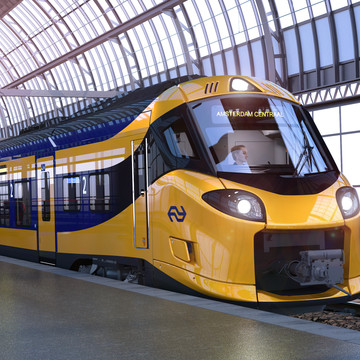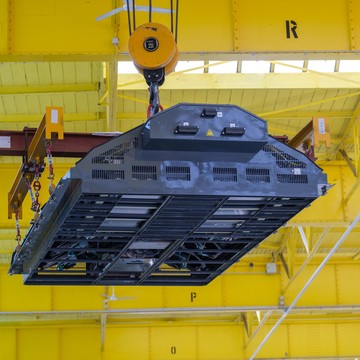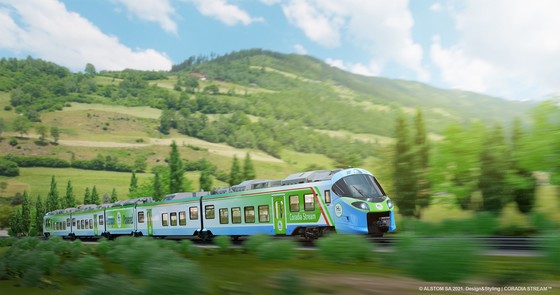
A growing portfolio of hydrogen traction regional trains
Alstom is proud to be the leading provider of regional fuel-cell trains, such as the Coradia iLint currently in commercial service in Germany. We caught up with Stefano Bavaglia, Alstom's Product Director for Coradia Stream single-deck solutions, for an overview on the Italian market.
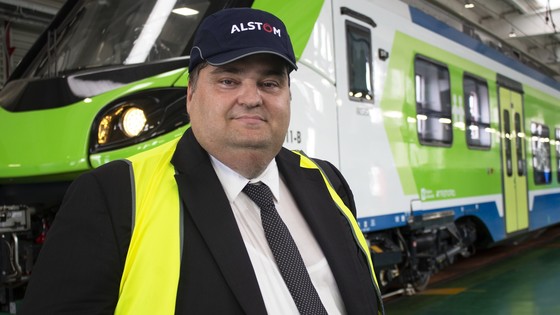
Stefano Bavaglia is Alstom’s Product Director for Coradia Stream single-deck solutions. He is responsible for developing the regional product portfolio and anticipating the future needs of customers, alongside following current projects and tenders. Based in Italy, Stefano likes working with the platform's multicultural team. In his spare time, he enjoys doing some woodworking, 3D printing and listening to progressive rock.
Connect with Stefano on LinkedIn
How is this technology carried over to the Coradia Stream hydrogen fleet for FNM in Northern Italy?
In Italy, leveraging on the experience of Coradia iLint, we have applied hydrogen traction technology to a Coradia Stream electrical train. Our goal was to maximise the synergies of a proven technology with a proven train, while increasing train capacity in order to meet the Italian customer’s needs. The two trains have a different architecture, nevertheless the technology has been easily transferred and adapted. For the Coradia Stream, we have used the power-car configuration where we have concentrated most of the hydrogen equipment.
With the hydrogen power-car, it has been possible to exploit the Coradia Stream platform’s flexibility, selecting a four-car configuration solution as the product base. Capacity was a key requirement for the Italian project; we now have options of up to 300 seats. With this set-up, we can also add more modules and make the train even longer, if needed.
In the end, Alstom hydrogen technology is a basis for developing mobility solutions fit for the future, as we have shown with this Italian project.
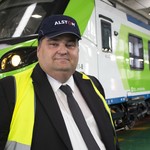
"Alstom hydrogen technology is a tech bed for developing future-fit mobility solutions and we have shown this in the Italian project."
Tell us more about putting the first ever hydrogen-powered regional train on rail in Italy
Italy still has many non-electrified lines, and the Italian operator FNM also operates many lines serving mountainous areas. FNM was looking for a sustainable solution, and hydrogen proved to be the better option mainly because of weight and range benefits. The customer had seen the Coradia iLint pre-serial trains in operation in Germany, and they wanted to have a product that was already developed with a proven track record.
In addition, the Lombardia Region and FNM applied a systemic approach to the geographical area where the Coradia Stream hydrogen train will operate. They are aiming to develop hydrogen distribution and usage, creating the so-called “Hydrogen Valley”. So the train will, in addition, be a fundamental element supporting the on-going switch from carbon fossil fuels to hydrogen in that area.
The Coradia Stream hydrogen train will also serve the 2026 Olympic Winter Games in Cortina, showing that mobility solutions fit for the future are possible where there is a clear mandate, as in the Lombardia Region, to decarbonise transport.
Will other Italian regions also move to the hydrogen solution for rail?
Italy has 16,000 kms of railway, of which 4,700 kms are non-electrified (28%). Therefore, Alstom is developing a bi-mode solution to allow service on both fully and partially non-electrified lines. Many regions are showing interest in this solution; the Infrastructure Ministry has also allowed Italy’s National Recovery and Resilience Plan to be used for the decarbonisation of railway lines, in order to achieve the European goal of decarbonising the transport sector by 2030. According to current estimations, one in five trains in Europe will run with hydrogen traction by 2030.
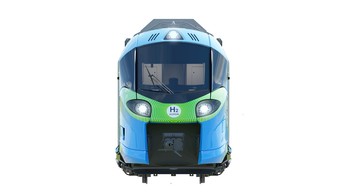
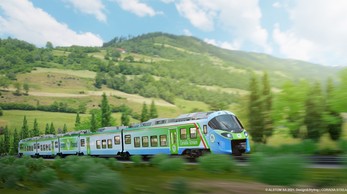
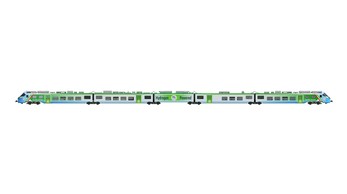
Why was Coradia Stream chosen as the second train in the Alstom regional portfolio to apply hydrogen traction technology?
Mainly it was because the Italian customer needed increased capacity which the Coradia Stream four-car configuration could offer. On top of that, FNM already had Coradia Stream EMUs, including the four-car configuration, so the new train will fit perfectly with the existing customer fleet.
When you move from one product to the next, you benefit from the advantages of each product, for example, the capacity of the Coradia Stream combined with the traction technology of Coradia iLint. There is no competition between the two products, we are simply developing a full spectrum of solutions for the various needs.
How will the rest of the company’s product portfolio now follow in this direction?
Alstom is proud to be the leading provider of regional fuel-cell trains. The Coradia iLint and the Coradia Stream are just the beginning. The good thing is that the technology is transferable, so it is not limited to a certain kind of train or application. We have already extended the technology to commuter trains. Now, we are working on how to transfer the technology to different products, for example shunting locomotives or mainline trains. We are also looking at projects in the refurbishment sector, as hydrogen can be a solution to decarbonise existing trains with many years of life left in them.
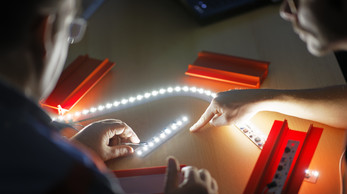
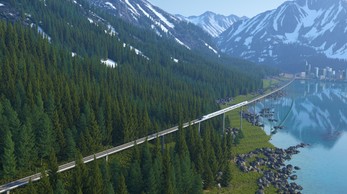
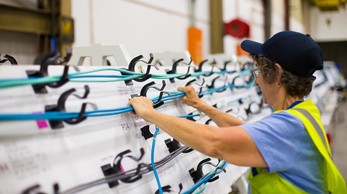
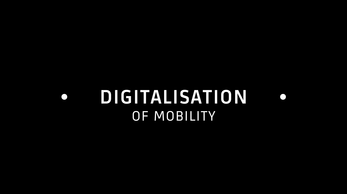
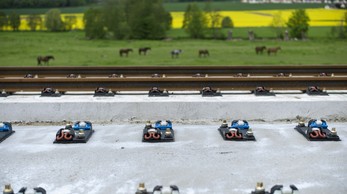
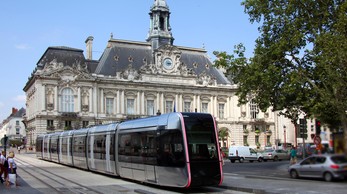
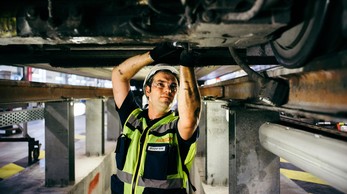
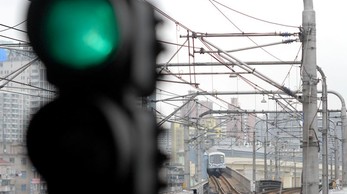
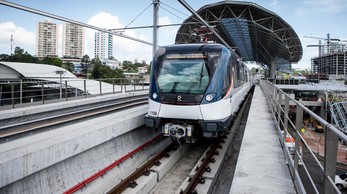
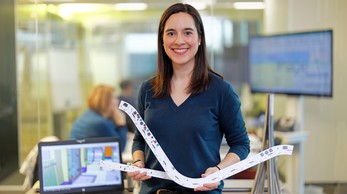
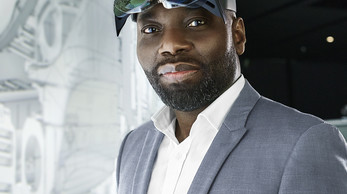



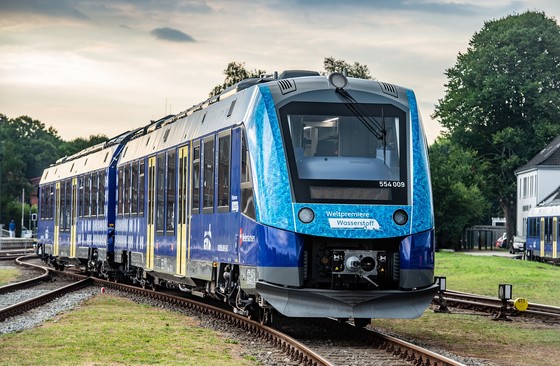
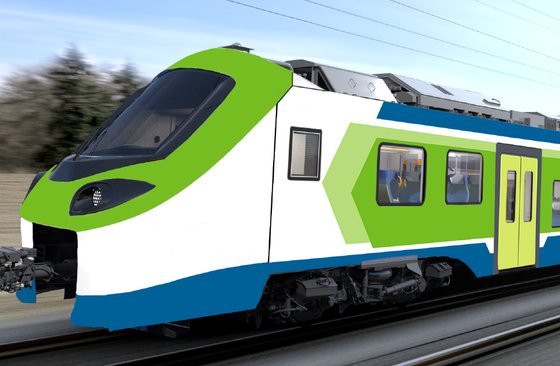
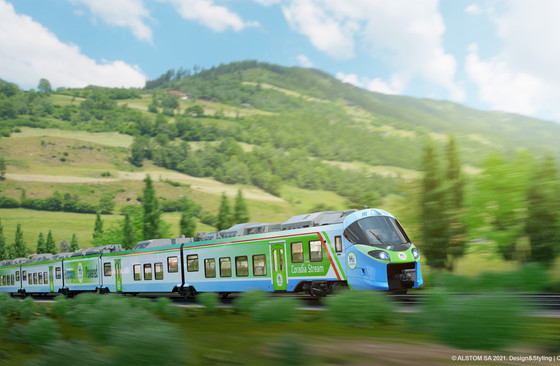
.jpg?h=e5565190&itok=lQEm7haf)
